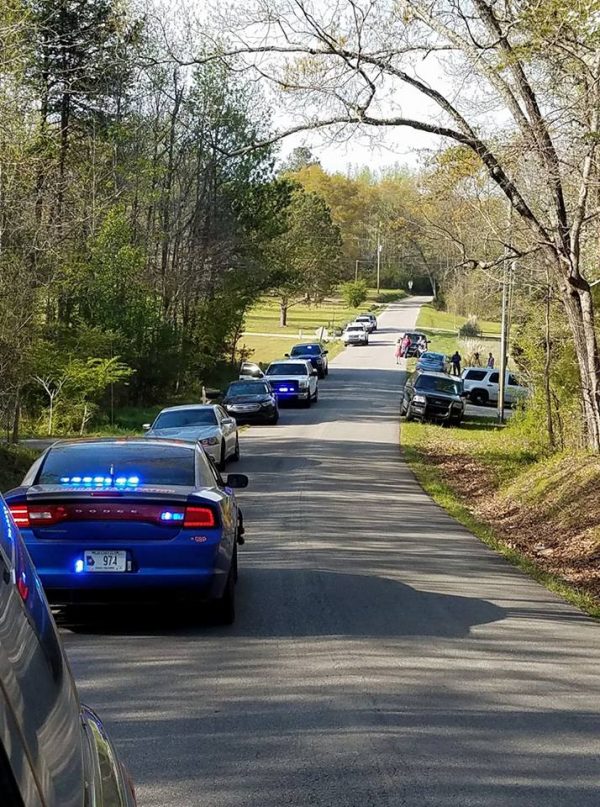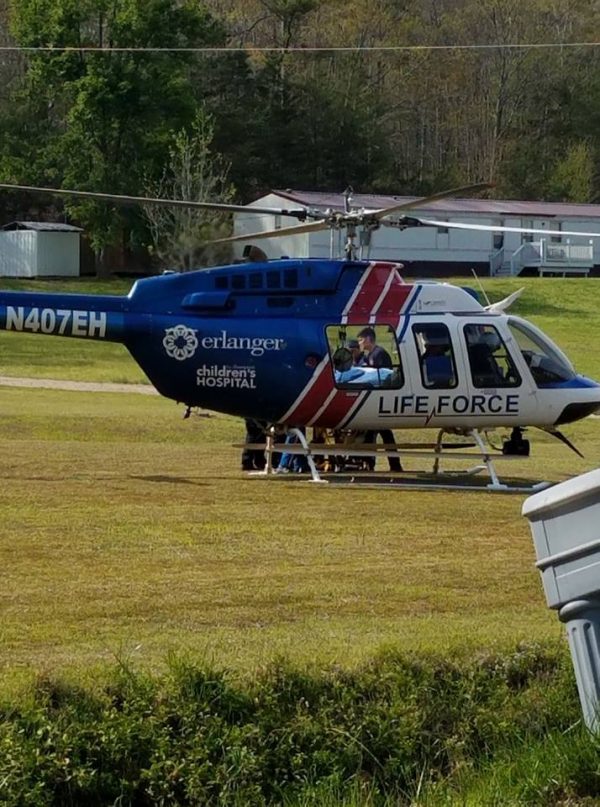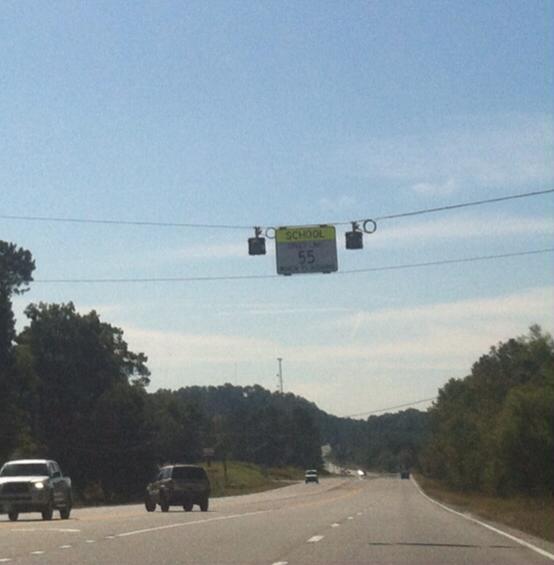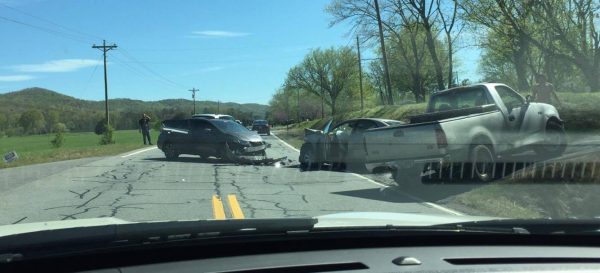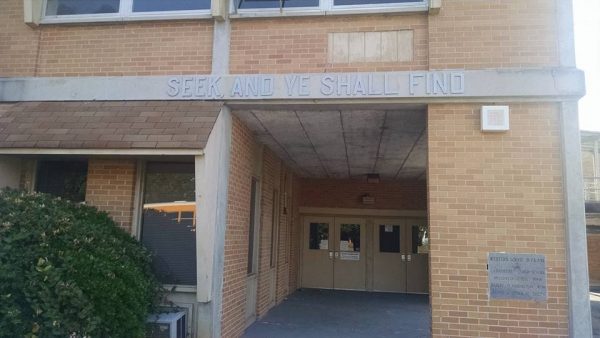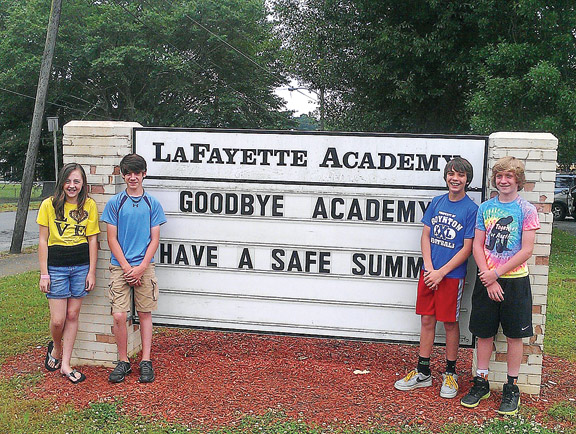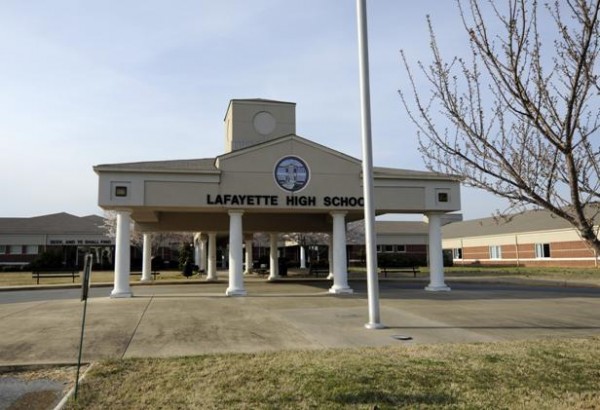03.15
Thirty years ago this week, much of the Eastern US was crippled by a record-breaking snow storm. Here’s a look back at some Walker County photos and memories from the March 1993 “Storm of the Century” a third of a century later.
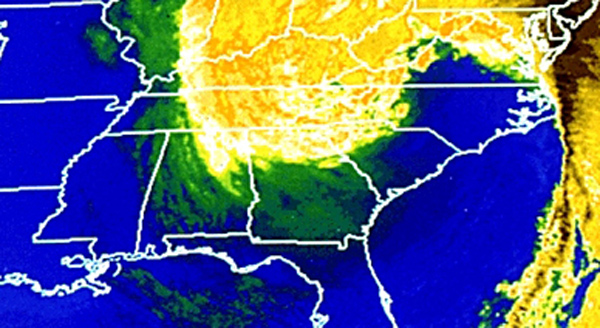
In mid-March 1993 the entire eastern US was hammered by a crippling, late-season winter storm. Communities in 26 states were impacted by the freak weather, and some 310 people were killed nationwide. Travel by highway and air was disrupted for nearly a week, with property damage and economic losses estimated (in 1993 dollars) at $5.5 billion.
Hardest hit were southern states like ours that rarely get more than a few inches of snow a year – much less two-plus feet in a day.
Forecasters became aware of the storm and its potential nearly a week before it hit; Chattanooga TV weathermen warned of a “significant snow” heading into the area five days before it finally struck. But snow in March is rare for this area; March 1993 had until that point been typically warm. Many in the region dismissed weather warnings as being so much hot air.
Forecasts proved true, and in most cases the storm was worse than predicted.
The megastorm sank boats in the Gulf of Mexico, spawned storm surges and tornadoes in Florida, and began dumping snow across Georgia and Alabama from one end to the other. Despite exhibiting hurricane-force winds, the blizzard was never defined as such or named; residents in Florida (where 47 people died) still refer to it as “No Name Storm.”
Around dinner time on Friday March 12th, “No Name Storm” reached North Georgia, where all too many people still weren’t prepared for a snow or the disruptions that would follow.
- “My dad dismissed the forecasts and didn’t believe we would get snow, much less the major snow that came. We had firewood but it was nowhere near the house. Mama listened to weather forecasts and decided it would be a good idea to stack some wood on the back porch, an idea that saved us a lot of work later on. We didn’t think to store any water in buckets or the tub like some did, so water turned into more of a problem than heat after our power went off during the night.” -Anon
During the night of March 12th the storm dumped at least 20 inches of snow in the area, officially measuring 23 inches in Chattanooga, 14 in LaFayette, and 22 in Dalton – but howling winds whipping up to 50 or 60 MPH caused huge drifts that in some cases reached six feet deep.
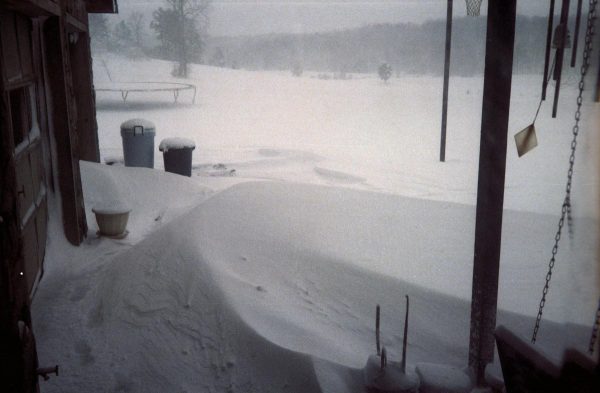
Mid-March temperatures normally in the 50’s or 60’s fell into the teens or in a few places single-digits, with windchill well below zero. But the thing that stands out most in some memories are the thunder and blue or green lightning that preceded and accompanied the storm, a phenomenon weathermen later described as “thundersnow.”
- “I was a senior in high school. We did not have power at my parents for two weeks. I remember when they would call for snow I would stay with my cousins so we could play football and ride four wheelers. Got more than we bargained for. Still have great memories of the blue lightning and spending time with family. It was the most beautiful natural phenomenon I have witnessed.” -Rodney
A group of eight from Linwood driving two Jeeps attempted to camp on Pigeon Mountain on the evening of March 12th but were forced to leave by officials; instead of going home they drove out to the top of Taylor’s Ridge on Smith Gap Road where they continued to party and got stuck after snow began to fall. Two of the trapped men attempted to walk down the ridge seeking help for the other six.
That journey would have been difficult even in good conditions, and only one of the two survived. 28-year-old Travis Asher froze to death halfway down the East side of Taylor’s Ridge.
- “They were two jeeps with 8 guys drinking and four wheeling. They got stuck and two walked off, one froze to death half way down the mountain and the other showed up at my grandparents farm on the back porch black from soot. He had burnt pieces of tire for warmth in the night walking off the Mtn. They landed the helicopters in our field. I was 5 when that happened.” -Zach
Asher was Walker County’s only official storm fatality, but a number of expectant women had miscarriages during the storm due to stress and delayed medical care. Lack of care was certainly not, however, from lack of effort.
Read More >>

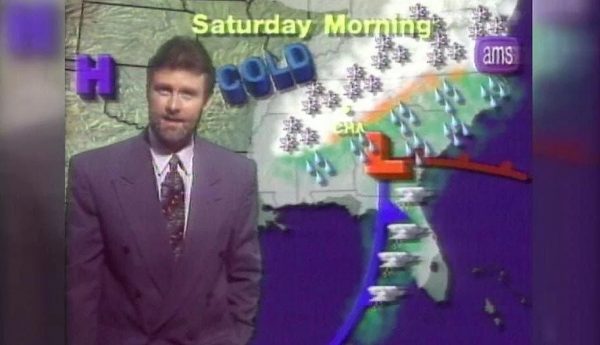

 Campbell is accused of using the nonprofit club’s credit card to pay her own bills, of writing checks to herself, and of withdrawing cash via ATM –
Campbell is accused of using the nonprofit club’s credit card to pay her own bills, of writing checks to herself, and of withdrawing cash via ATM – 
